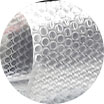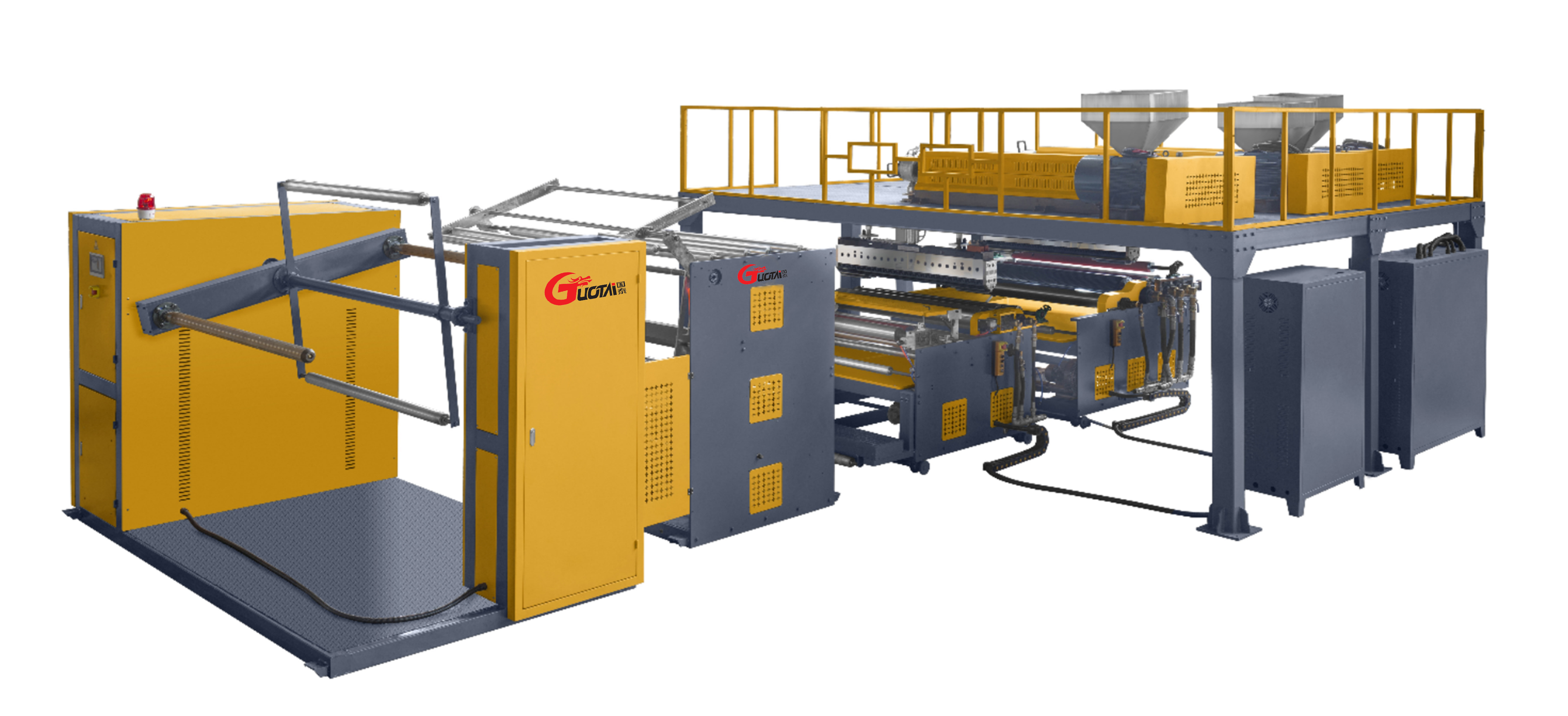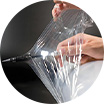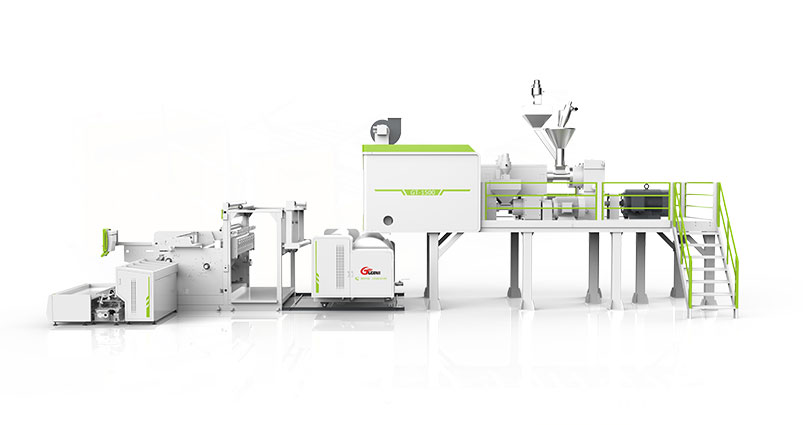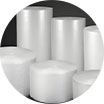PBS Film Has Barrier Properties
PBS film has barrier properties
1, Modification methods of PBS
Although PBS has many available physical and mechanical properties and is widely used, the application of PBS films still has drawbacks such as low strength and slow degradation rate. In order to enable the mass production of biodegradable PBS, researchers from various countries have modified the original PBS film, mainly in the following ways:
1. Physical modification of PBS
Physical modification usually involves blending PBS with other polymers or inorganic substances in a molten or solution state. Common blending materials include natural polymers, inorganic materials, and other chemically synthesized polymers. At present, natural polymer materials that can be blended with PBS mainly include starch, cellulose, protein, chitosan, etc.
2. Copolymerization modification of PBS
Copolymerization modification refers to improving the hydrophilicity, crystallinity, mechanical properties, degradation performance, and cell compatibility of materials by adjusting the ratio of a certain monomer to other monomers. Due to the high crystallinity, slow degradation rate, and high brittleness of PBS, introducing flexible or hydrophilic structures into its molecular chains can reduce its crystallinity and increase the degradation rate. At present, common copolymerization components in PBS modification include terephthalic acid, adipic acid, methylsuccinic acid, sebacic acid, ethylene glycol, hexanediol, etc.
3. Chain extension modification of PBS
The method of modifying the molecular chain of PBS by introducing chain extenders into other molecular structures is called PBS chain extension modification. Isocyanates, epoxides, and quinolines are common chain extenders.
In 1931, Carothers was the first to synthesize PBS, but due to people's understanding of polyester plastics and limitations in production conditions at that time, the molecular weight of the synthesized polybutylene succinate was less than 5000 and could not be mass-produced. With the progress of the times and the improvement of technological level, people's understanding of polyester plastics is becoming more and more profound.
For You!

